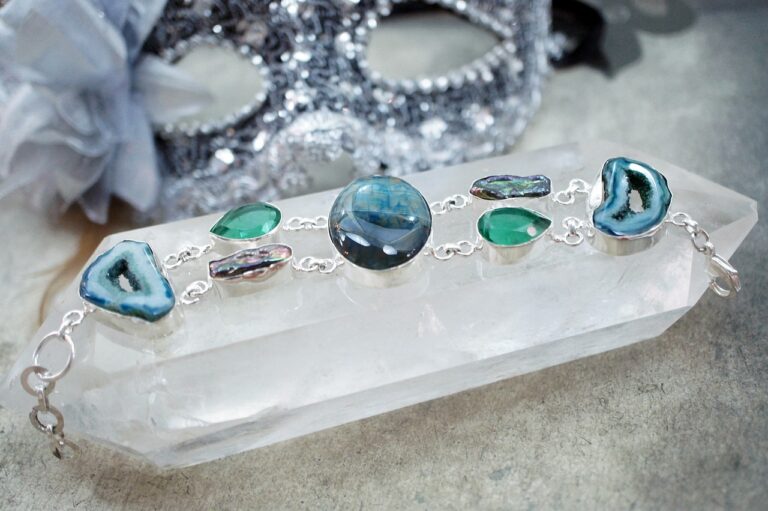Fashion and DIY Culture: Customization and Personalization Trends
DIY trends in the fashion industry have been gaining momentum in recent years, offering individuals a creative outlet to express their unique style. From customizing old clothes to creating handmade accessories, the realm of DIY fashion allows for individuality and personalization in every piece. Social media platforms and online tutorials further fuel this trend, making it accessible to a wide audience looking to add a personal touch to their wardrobe.
One of the key reasons behind the popularity of DIY fashion is its sustainability aspect. By upcycling and repurposing clothing items, fashion enthusiasts can minimize waste and reduce their environmental impact. This shift towards more conscious consumerism not only promotes creativity but also encourages a more mindful approach towards consumption in the fashion realm. The DIY trend is not only a reflection of personal style but also a movement towards a more sustainable and ethical fashion industry.
The Rise of Personalized Fashion
In today’s fashion landscape, the rise of personalized fashion has become increasingly prominent. Consumers are now seeking unique pieces that reflect their individual style and personality. This push towards customization has resulted in a shift away from mass-produced items towards one-of-a-kind designs that speak to the wearer’s tastes and preferences.
The appeal of personalized fashion lies in its ability to empower individuals to express themselves authentically through their clothing choices. From monogrammed accessories to custom-fit garments, there is a growing demand for items that are tailored to suit a person’s specific wants and needs. This trend highlights a desire for exclusivity and originality in a world saturated with fast fashion and homogenous styles.
Customization in Clothing and Accessories
When it comes to clothing and accessories, customization has become increasingly popular in recent years. Individuals are seeking unique pieces that reflect their personal style and preferences, and customization offers a way to achieve just that. Whether it’s adding initials to a handbag, selecting a specific fabric for a dress, or even designing a completely custom piece from scratch, the options for personalized fashion are endless.
One of the driving factors behind the rise of customization in clothing and accessories is the desire for individuality in a world flooded with mass-produced items. By allowing customers to have a hand in the design process, brands are able to create a deeper connection with their clientele. This shift towards personalized fashion not only offers consumers a chance to express themselves creatively but also promotes a sense of exclusivity and luxury in their wardrobe choices.





